470uf 35v Electrolytic Capacitor
SHDR® Application Notes
Analysis and Countermeasures of the Reasons Affecting the Life of Electrolytic Capacitors
1. Factors affecting the life of electrolytic capacitors
Electrolytic capacitors are widely used in different fields of power electronics, mainly for smoothing, storing energy or filtering after AC voltage rectification, and also for non-precise timing delay by hand. When the MTBF of the switching power supply is estimated, the model analysis results show that the electrolytic capacitor is the main factor affecting the life of the switching power supply, so it is very important to understand and affect the factors affecting the life of the capacitor. The life of an electrolytic capacitor depends on its internal temperature. Therefore, the design and application conditions of electrolytic capacitors will affect the life of electrolytic capacitors. From the design point of view, the design method, material and processing technology of electrolytic capacitors determine the life and stability of the capacitor. For the user, the use of voltage, ripple current, switching frequency, installation form, heat dissipation method, etc. all affect the life of electrolytic capacitors.
2. Abnormal failure of electrolytic capacitors
Some factors can cause the failure of electrolytic capacitors, such as extremely low temperature, capacitor temperature rise (soldering temperature, ambient temperature, AC ripple), excessive voltage, transient voltage, very high frequency or reverse bias; where temperature rise is the sealing factor. The operating life (Lop) of electrolytic capacitors is the most influential factor.
The conductivity of the capacitor is determined by the ionization ability and viscosity of the electrolyte. When the high temperature decreases, the viscosity of the electrolyte increases, and thus the ionic mobility and conductivity decrease. When high electrolytes freeze, the ion mobility is very low resulting in very high resistance. On the contrary, an excessively high amount of cooking will accelerate the evaporation of the electrolyte, and the amount of the high-point solution will be reduced to a certain level.
When the limit is reached, the life of the capacitor will be terminated. When working in alpine regions (generally below 25°C), heating is required to ensure the normal working temperature of the electrolytic capacitor. room
External UPS is equipped with heating zone in Northeast my country.
Capacitors are easily broken down under overvoltage conditions, and in practical applications, surge voltages and transient high voltages often occur. In particular, my country has a vast territory, and electricity programs in various places
Complex, therefore, the AC power grid is very complicated, often exceeding 30% of the normal voltage, especially the single-phase input, the phase deviation will increase the normal range of the AC input. Tested
The test shows that the commonly used 450V/470uF105°C imported ordinary 2000-hour electrolytic capacitor will leak liquid and gas after 2 hours at a voltage of 1.34 times the rated voltage, and the top will burst open. According to statistics and analysis, the PFC output of the communication switching power supply close to the electric class
The failure of electrolytic capacitors is mainly due to electrical surges and high voltage damage. The voltage selection of electrolytic capacitors is generally derated in two stages, and it is more reasonable to reduce the voltage to 80% of the rated value.
3. Analysis of factors affecting life expectancy
In addition to abnormal failures, the life of electrolytic capacitors has an exponential relationship with temperature. Due to the use of non-solid electrolytes, the life of electrolytic capacitors also depends on the
Evaporation rate, resulting in reduced electrical performance. These parameters include the capacitance of the capacitor, leakage current and equivalent series resistance.

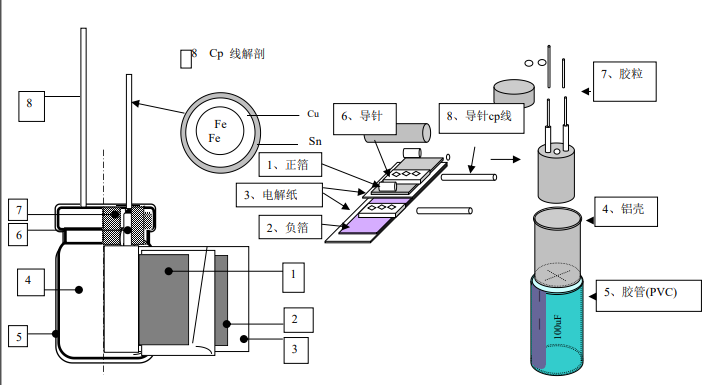
Product Picture
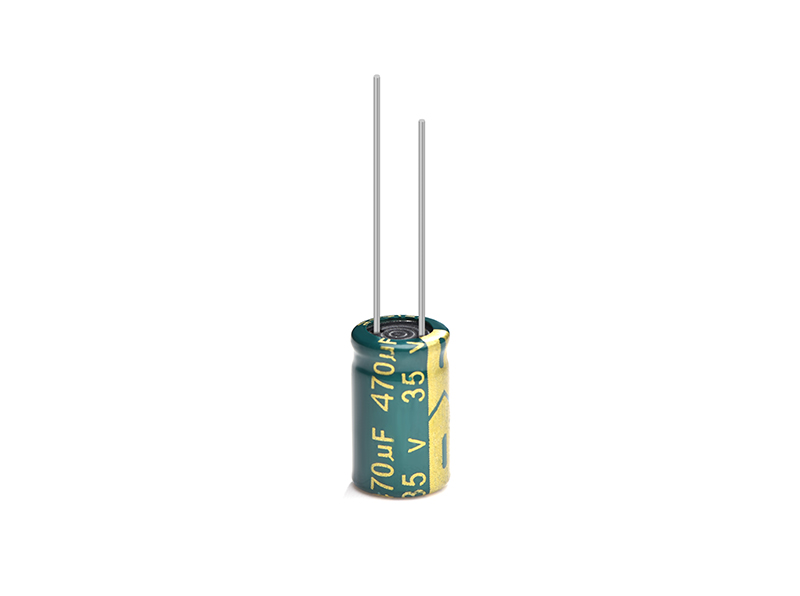
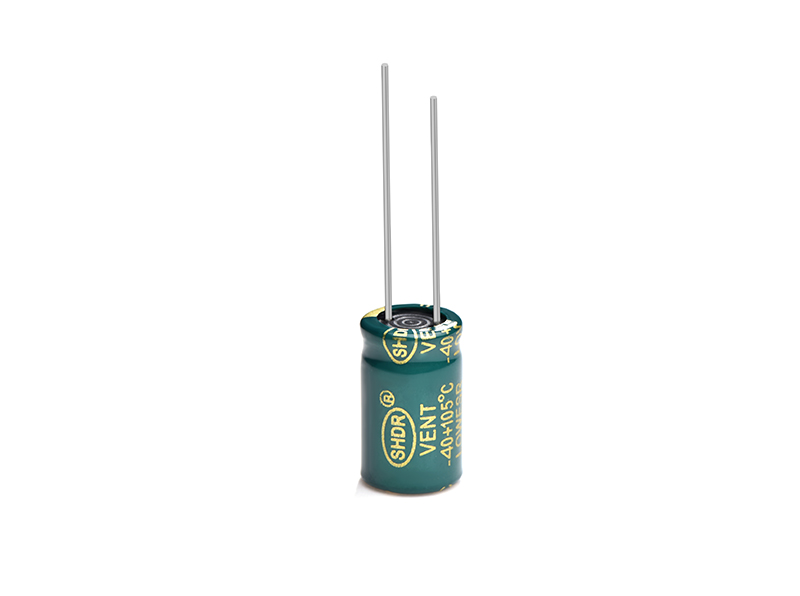
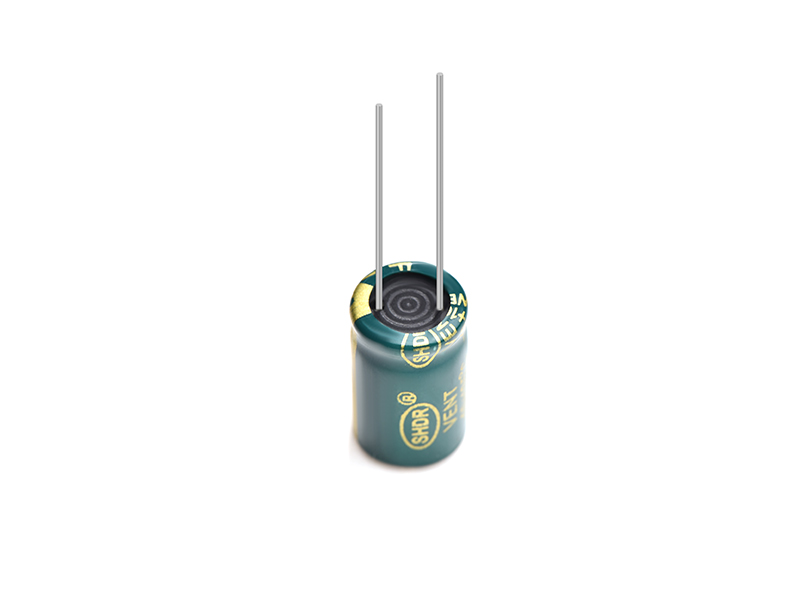
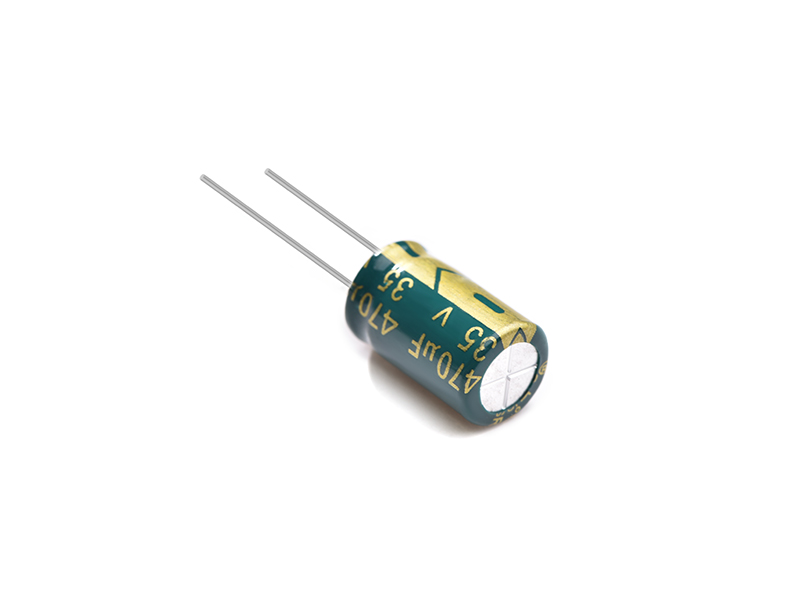
Copyright © Guangzhou Shenghe Electronic Technology Co., Ltd. All Rights Reserved Sitemap | Powered by
